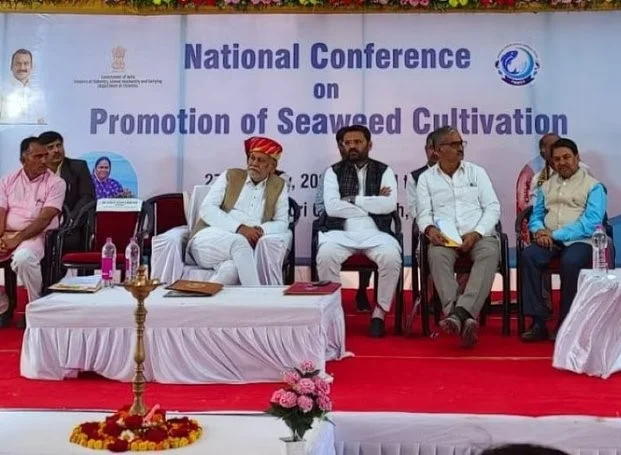The Council of Scientific and Industrial Research (CSIR) has launched a project to create specialized smart agricultural technologies designed for cultivating paddy in South India. The goal is not just to boost the health of the soil and the productivity of crops but also to increase the income of farmers. In this initiative, they plan to use advanced technologies such as sensors based on the Internet of Things (IoT), drones, and devices powered by Artificial Intelligence (AI). These tools will be employed to establish a precise, real-time database, setting the stage for a future where automation becomes a crucial component in agriculture.
Monitoring Crops using IoT and Drones
At the heart of this mission is the application of Internet of Things (IoT) sensors and drones equipped with advanced hyper and multi-spectral imaging. These tools aim to produce up-to-the-minute data on the growth stages and health of crops, influenced by the unique conditions of their surroundings. The mission is dedicated to comprehending the varied agro-climatic situations throughout the country, guaranteeing the creation of solutions tailored to specific regions.
Scientists and technologists from CSIR Fourth Paradigm Institute in Bengaluru, CSIR-National Aerospace Laboratories, CSIR-Indian Institute of Integrative Medicine in Jammu, and CSIR-Central Mechanical Engineering Research Institute in Ludhiana are working together on a mission. They have pinpointed paddy fields in Kerala, Tamil Nadu, and Karnataka for their efforts. Using advanced technologies like soil optix and multispectral imaging through UAVs, they aim to gather real-time data on soil and crop health indicators, promoting precise farming practices.
The project’s result is anticipated to transform agro-technologies tailored for specific crops. By optimizing mineral nutrition, irrigation, real-time crop management, and agricultural practices, the mission aims to improve both soil and plant health. The data gathered will be used as a foundation for mapping soil health and crafting detailed nutrient and texture maps. The vision includes the use of UAVs and granular fertiliser applicators for precise application of fertilizers at variable rates, with the promise of boosting yields while minimizing environmental impact.
Incorporating multi-spectral imaging allows for pinpointing stressed, diseased, and pest-infested areas, making targeted interventions possible. Paddy farmers stand to gain from a thorough understanding of crop events, empowering them to make timely and precise decisions.





